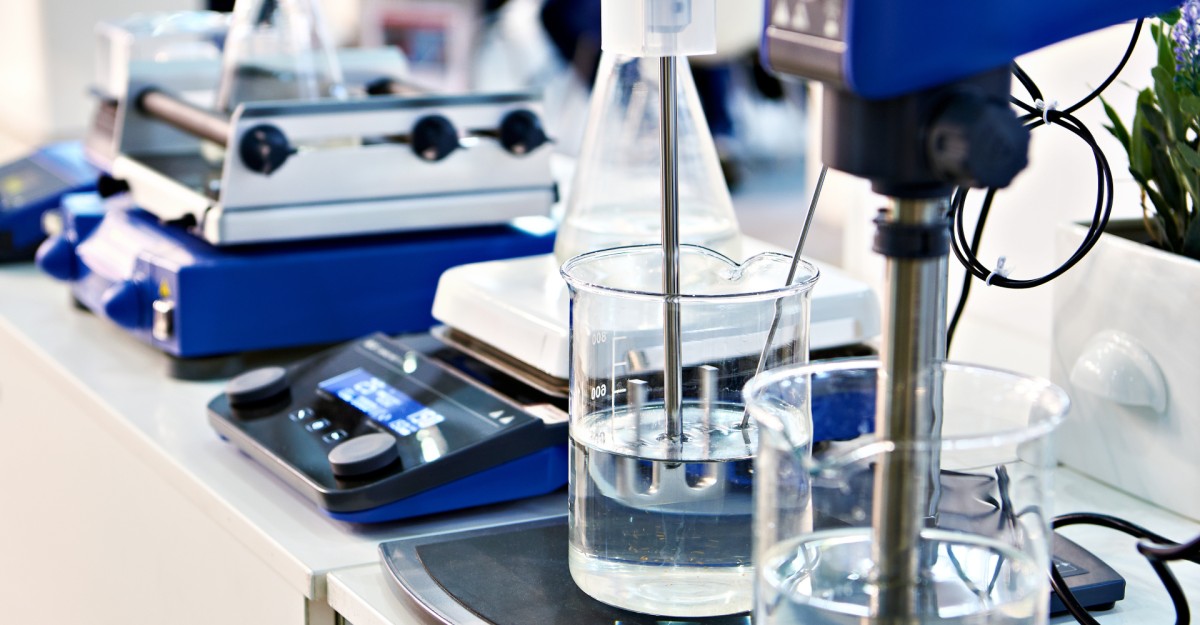BLOG
CONTENTS
Defoamers: Explaining Defoamer Types, Selection, Feasibility, Applications
Defoaming agents (also known as antifoaming agents) are widely used in industry and daily life. Their main function is to eliminate or inhibit the formation of foam.In this article, we’ll break down the types of defoamers, their selection, and more, so you can weigh the costs and benefits for yourself.
Types of Defoamers
The defoamer you choose depends on the scenario, scale, physical properties, etc. Some common types are as follows:
1. Silicone defoamer
The main components of these defoamers are polydimethylsiloxane and other organosilicon compounds, which provide excellent performance for various applications. With their excellent surface activity and chemical stability, these defoamers can effectively eliminate foam and prevent its formation in various industrial production processes, even under extreme temperature conditions.
Key features and benefits:
Rapid defoaming: Instantly reduce foam to ensure e smooth production process.
Long-lasting foam control: Provides continuous foam control, minimizing the need for frequent reapplication.
Minimal side effects: Compatible with most systems, ensuring no adverse effects on product quality or performance.
Wide application: Suitable for food processing, paper making, textile, and water treatment industries.

2. Polyether defoamer
Polyether defoamers are synthesized from high-quality raw materials such as ethylene oxide and propylene oxide and perform well in water-based systems. With excellent water solubility and dispersibility, they can be seamlessly integrated into water-based applications to provide gentle and effective defoaming effects.
Key Highlights
Gentle defoaming: Ideal for systems that require delicate handling without adversely affecting product quality or performance.
Excellent water solubility: easily dispersed in aqueous environments, ensuring continuous and reliable foam control.
Wide range of applications: Suitable for a variety of industries, including water-based coatings, detergents, and emulsion polymerization.
In the detergent manufacturing industry, our polyether defoamers are designed to prevent excessive foaming during the mixing process. By maintaining optimal foam levels, they ensure the highest quality and performance of your detergent products.
3. Mineral oil defoamer
Mineral oil defoamers are made from high-quality mineral oils with added solid particles such as silica to provide excellent performance in demanding industrial applications.
Key Features and Benefits
High stability: It maintains excellent stability even under extreme conditions such as high temperature, strong acid, and strong alkali.
Effective foam control: Rapidly suppresses foam formation and prevents overflow, ensuring smooth and uninterrupted industrial production processes.
Wide range of uses: Suitable for a variety of industrial processes, including high temperature reactors and cleaning processes involving strong acids and alkalis.
4 . Non-silicone defoaming agent
Non-silicone defoamer is a highly efficient defoaming product that does not contain silicone ingredients and is mainly used for controlling foam in industrial water systems.
It is usually composed of polyether, fatty alcohol, fatty acid ester, er or mineral oil, and has good defoaming and antifoaming properties. It is mostly transparent or milky white liquid, non-ionic, and stable in a wide pH range.
he advantage of this defoamer is that it has no silicon residue, avoiding the problem of silicon spot pollution, and has little effect on microbial activity and good biodegradability. It is evenly dispersed in water-based glues, coatings, inks and other systems without causing shrinkage.
Non-silicon defoamers are suitable for papermaking, sewage treatment, industrial cleaning, petrochemicals, textile printing,dyeingi, and other fields. They can effectively inhibit the generation of foam and quickly break the foam.
5. Fatty alcohol defoamer
Fatty alcohol defoamer is a highly efficient defoaming product with fatty alcohol as the main ingredient, which is widely used in various industrial fields. The molecular structure of fattyalcohol contains hydrophilic hydroxyl groups and hydrophobic carbon chains, which make it have excellent surface activity and can quickly reduce the surface tension of foam, thereby achieving rapid defoaming and long-lasting anti-foaming effects.
Fatty alcohol defoamers are suitable for a variety of industrial scenarios, such as pulping and papermaking processes in the paper industry, aeration tanks for sewage treatment, grinding fluids and cutting fluids in industrial cleaning, as well as textile printing and dyeing, food processing, and other industries.

Defoamer Type Selection
Factors affecting defoamer selection
Several factors influence the choice of defoamer type
1. Compatibility with the foam system
Moderate compatibility with the foaming system is required: excessive compatibility (dissolution) will reduce defoaming efficiency, and incompatibility may cause delamination or defects (such as paint craters).
2. The nature of foam
Foam type: Mechanical foam (such as detergent) needs to be broken quickly, and persistent foam (such as fermentation) needs long-term foam suppression.Foaming properties: Water-based (hydrophilic) or oily (hydrophobic).
3 . Environmental conditions
Temperature: In high-temperature environments, heat-resistant defoamers (such as polyethers) should be selected.
PH/chemical environment: Strong acid/alkaline systems require defoamers with high chemical stability.
4. Process requirements
Timing of adding: if added in advance, the foam suppressing type is needed; if added later, the foam breaking type is needed quickly.
5 . Cost-effectiveness
Mineral oils are low-cost but less effective, while silicones are highly effective but may affect the appearance of the product.
Benefits and limitations of defoamers
Understanding the advantages and limitations of defoamers can help you better analyze the cost-benefit of using your process or technology.
Advantages of defoamers
1. Highly efficient defoaming
Defoaming agents can quickly reduce the surface tension of foam, causing the foam to burst quickly, thereby effectively controlling the generation and accumulation of foam.
2. Long-lasting defoaming
Defoamers can quickly reduce the surface tension of foam, causing the foam to break quickly, thereby effectively controlling the generation and accumulation of foam. (For example, polyethers can maintain foam suppression for several hours during high-temperature fermentation).
This is especially important for industrial processes that require long-term stable operation, reducing the trouble of frequent addition of defoaming agents.
3 . Wide applicability
There are many types of defoamers, and the appropriate type can be selected according to different industrial systems (such as water-based, oily, acidic, alkaline, etc.) and temperature conditions.
Silicone defoamers are suitable for high temperature and strong acid and alkali environments, while polyether defoamers perform well in water-based systems.
4 . Environmental friendliness
With the increasing awareness of environmental protection, many new defoaming agents (such as polyethers and natural oils) have good biodegradability and have less impact on the environment.
These defoamers will not cause adverse effects on subsequent processes (such as sewage treatment) after use, meeting the requirements of sustainable development.
These defoamers will not cause adverse effects on subsequent processes (such as sewage treatment) after use, meeting the requirements of sustainable development.
Disadvantages of defoamers
1.Selectivity/efficiency limitations
There is no "universal" defoamer. The most suitable type and formula must be screened for specific systems (water-based/oil-based, acid/alkali, temperature, viscosity, etc.).
2. Sensitive to dosage
Insufficient dosage: Cannot effectively eliminate foam.Excessive dosage: may generate new bubbles, cause system turbidity, oil spots, fish eyes, pinholes and other surface defects, and may even inhibit the discharge of foam (counterproductive effect).
3. Stability issues
Stratification and sedimentation may occur during storage, causing the defoamer to become ineffective.
Endnote
Defoamers are indispensable additives in many industries. They can quickly solve foam problems through physical or chemical effects to ensure production efficiency and product quality. With the development of the times, its cost can continue to decline.
